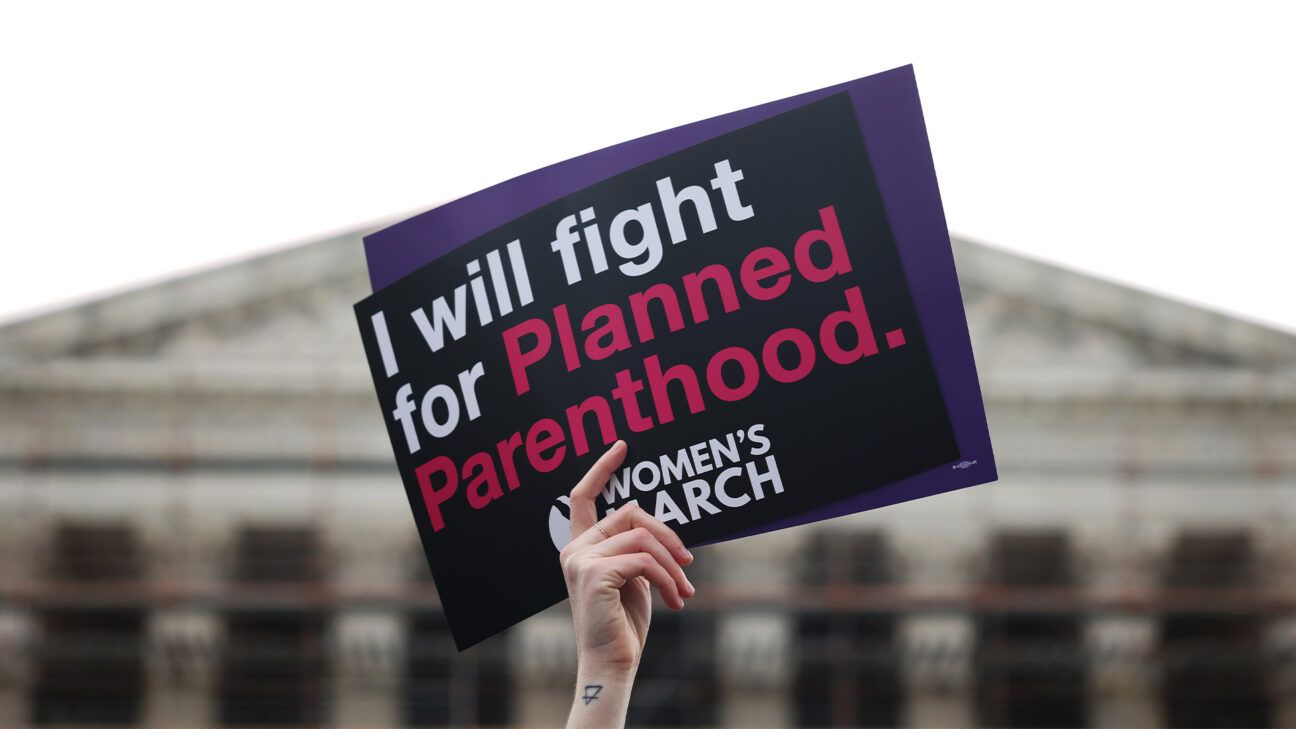Amy Schumer Says Mounjaro Improved Perimenopause Symptoms, Sex Drive

- Amy Schumer recently shared she had quit Wegovy due to side effects like nausea.
- However, Schumer said she was “having a really good experience” with Mounjaro, such as improved menopause symptoms and libido.
- Experts say it’s common for people to have side effects with GLP-1s.
- If you can’t tolerate a GLP-1 drug, your doctor might recommend switching to a different weight loss medication.
Writer, actress, and stand-up comedian Amy Schumer recently took to Instagram to discuss her experiences with the GLP-1 drugs Wegovy (semaglutide) and Mounjaro (tirzepatide).
While appearing to be driving through stop-and-go traffic, which she noted at one point was “completely unsafe,” Schumer said she wanted to “keep it a hundred” with her fans regarding her weight-loss journey.
After quipping that she’s “your favorite comedian with no top lip,” the star revealed on March 21 that she had used Wegovy three years prior but had experienced intolerable side effects.
“I was like puking, I couldn’t handle it,” she related.
Schumer then went on to describe how she had more recently used the telehealth provider Midi Health to receive hormone treatment for perimenopause as well as being prescribed Mounjaro for weight loss.
The actress added this combination of medications was working well for her.
“My symptoms of being in perimenopause have disappeared. My hair is fuller, my skin is better, I have more energy,” said Schumer.
“I want to get down more,” she added, referring to the positive effect on her libido. “So, yeah, that’s been great. Mounjaro’s been great,” Schumer said.
She further explained to viewers that Mounjaro is generally covered by insurance unless you have a diagnosis of diabetes or “severe obesity, which most of the Internet thinks I have.”
Schumer then closed out the video by saying she is “having a really good experience” and “wanted to keep it real,” adding that she liked Midi Health so much that she decided to invest in the company.
Why did Schumer do better on Mounjaro than Wegovy?
Meghan Garcia-Webb, MD, obesity medicine doctor at Weight Medicine MD, told Healthline it’s not uncommon for people to have significant side effects from one GLP-1 medication but not another.
“It is hard to predict who will be able to tolerate them and who won’t,” she said, “although people who already struggle with gastrointestinal health issues may find these medications make them worse.”
Garcia-Webb added that clinically, she does find that people often have fewer side effects on Mounjaro than on Wegovy. However, she said some research suggests the side effect profiles are similar.
Novo Nordisk states that common side effects with Wegovy include:
- nausea
- diarrhea
- vomiting
- constipation
- abdominal pain
- upset stomach
- headache
- tiredness
- dizziness
- bloating
- belching
- low blood sugar (if you have type 2 diabetes)
- gas
- stomach flu
- heartburn
- runny nose or sore throat
On the other hand, Eli Lilly lists nausea, diarrhea, decreased appetite, vomiting, constipation, indigestion, and abdominal pain as Mounjaro’s most common side effects.
Garcia-Webb said it also depends on how long people are able to wait for side effects to subside.
“Oftentimes, side effects are worse in the beginning and when titrating up on doses but then taper off,” she said.
“So if people are able to stick with it, they may find their symptoms decrease over time.”
However, sometimes the side effects are so severe that some people can’t tolerate them long enough to see them lessen, she said. It seems Schumer may have had that experience with Wegovy.
Coping with side effects of GLP-1 drugs
In addition to gradually titrating up, clinicians have suggested other strategies to help patients stick with their medication until they adjust to the side effects.
In a July 2021 article published in Postgraduate Medicine, the authors stated that smaller, more frequent meals can help ease digestive woes while taking GLP-1 medications.
The authors wrote that avoiding fatty or spicy foods could help combat nausea. They noted that sufficient water and fiber intake could help mitigate constipation.
The article further emphasized the importance of educating people about the potential for side effects, which could help manage expectations and make it easier to continue the medication until side effects begin to ease up.
What if a weight loss drug isn’t working for you?
Trista Best, MPH, RDN, LD, a registered dietitian with Balance One Supplements, said that if people are having difficulty with a particular weight loss drug, several options can be tried.
“If a medication isn’t effective, options include adjusting the dosage, switching to a different weight loss drug, or exploring alternative treatments such as metabolic testing, personalized nutrition plans, or behavioral therapy,” Best told Healthline.
Best noted that doctors could also recommend other GLP-1 drugs such as liraglutide (Victoza, Saxenda) or even explore weight loss drugs that work through different mechanisms like phentermine, bupropion, or naltrexone.
Garcia-Webb added, however, that these alternative medications may not be as effective as GLP-1s. “[But] for some people, especially those who can’t tolerate the GI side effects, they may be a better fit,” she said.
Garcia-Webb said it’s also important to define what people mean when they say that their medication isn’t working for them.
“If it’s a question of side effects, many times lowering the dose, titrating up very slowly, and adding medications to help with the side effects can help quite a lot,” she said.
What Schumer’s experience highlights about weight loss drugs
Schumer’s different experiences with Wegovy and Mounjaro highlight the individualized nature of weight loss medications.
While GLP-1 drugs can be effective, tolerance varies widely, and finding the right fit may require adjustments or alternative treatments.
For those struggling with side effects, strategies like gradual dose increases, dietary modifications, and patient education can help.
As the landscape of obesity treatment continues to evolve, Schumer’s candid discussion reminds us that weight loss journeys are personal and that keeping it real can help others navigate their own paths.
Learn more about how to get GLP-1 medications from vetted and trusted online sources here:
Amy Schumer Says Mounjaro Improved Perimenopause Symptoms, Sex Drive Read More »




